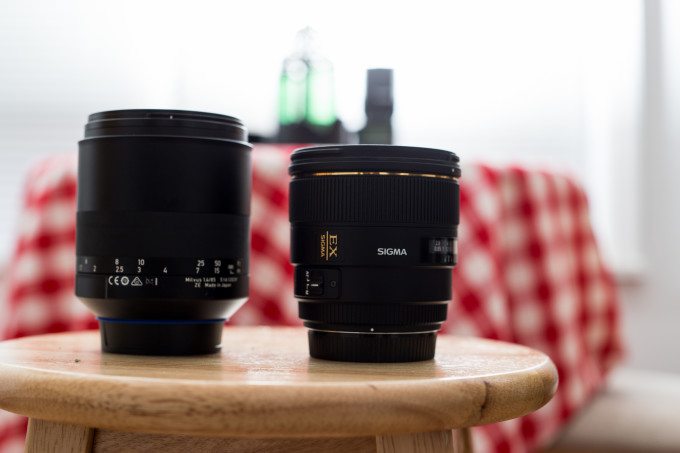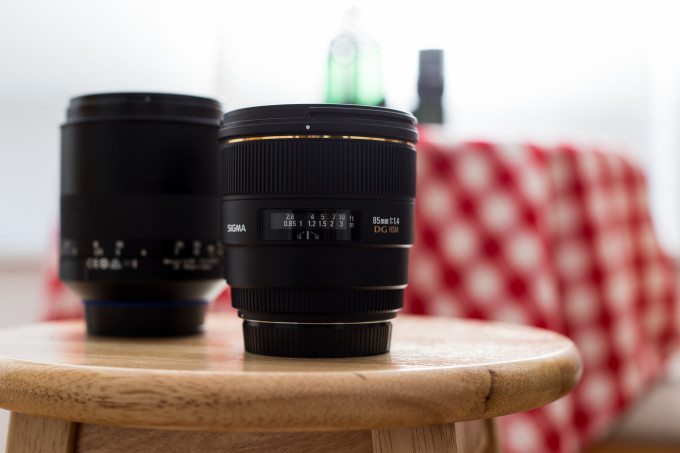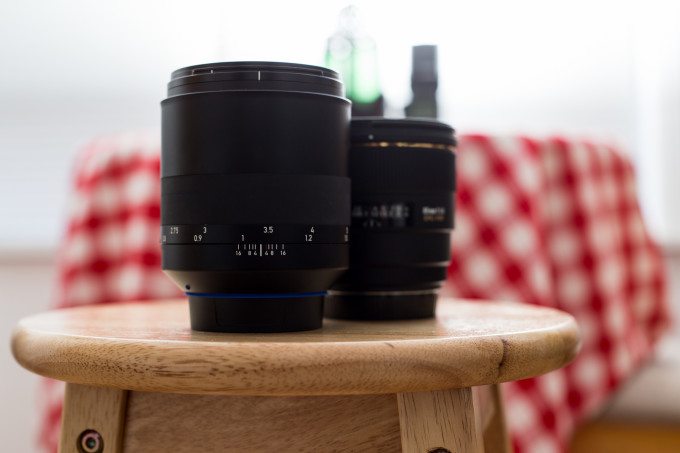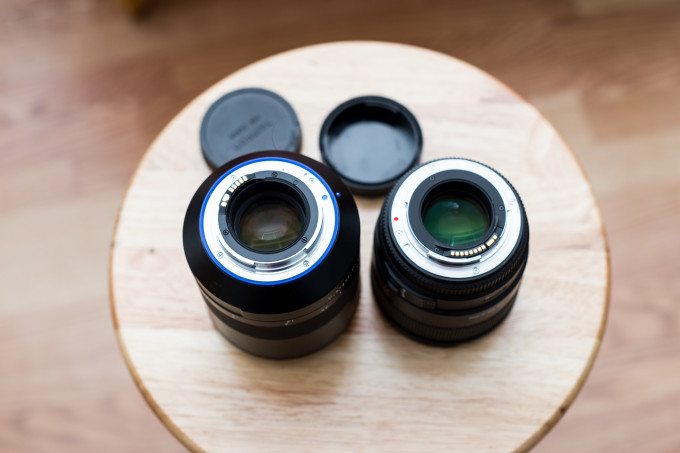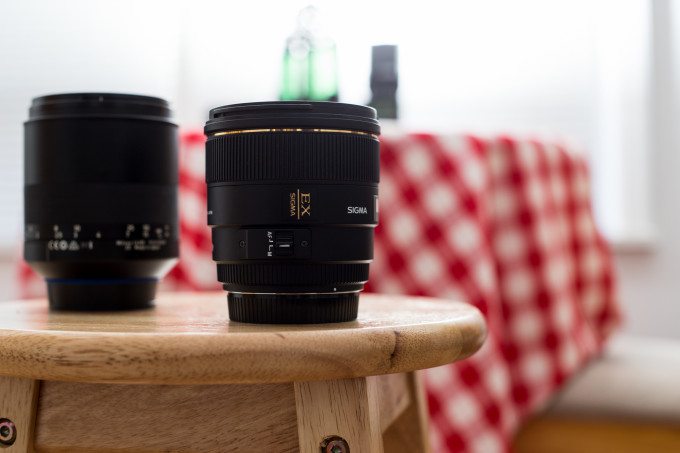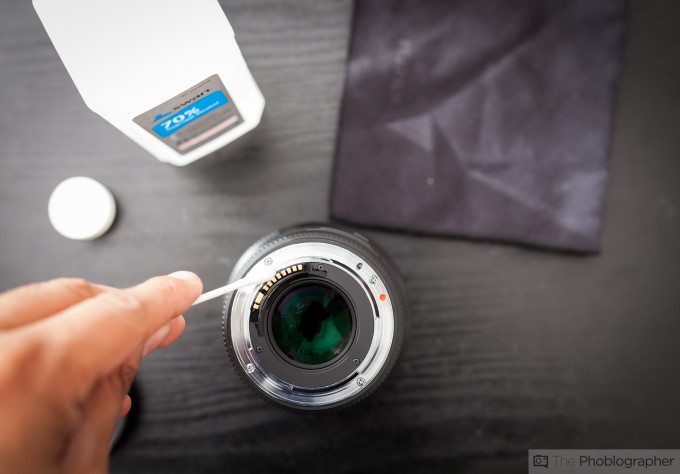Last Updated on 11/05/2015 by DigitalMGMT
For many years, Sigma has had an 85mm f1.4 lens for DSLRs that has been very tough to beat. Sony, Canon and Nikon all have great options–but when you consider the affordability of Sigma’s lens combined with just how well it performs, it’s hard to justify anything else. For years, we haven’t had very many third party options to compare to with the exception of the Zeiss Otus and Rokinon. For what it’s worth, the Zeiss Otus 85mm f1.4 has dominated when it comes to image quality–at least when shooting wide open. To be fair, it’s also very costly.
But with the new Zeiss Milvus 85mm f1.4 released, we wanted to see how it compares to Sigma’s. We were rather surprised.
Tech Specs
Specs for the Sigma 85mm f1.4 taken from the B&H Photo listing: $969
| Features | |
|---|---|
| Image Stabilization | No |
| Autofocus | Yes |
| Tripod Collar | No |
| Physical | |
|---|---|
| Filter Thread | 77 mm |
| Dimensions (DxL) | Approx. 3.4 x 3.4″ (8.64 x 8.64 cm) |
| Weight | 1.60 lb (725 g) |
| Packaging Info | |
|---|---|
| Package Weight | 2.5 lb |
| Box Dimensions (LxWxH) | 9.0 x 4.9 x 4.7″ |
Specs for the Zeiss 85mm f1.4 Milvus taken from the B&H Photo listing: $1,799
| Features | |
|---|---|
| Autofocus | No |
| Physical | |
|---|---|
| Filter Thread | Front: 77 mm |
| Dimensions (DxL) | Approx. 3.54 x 4.45″ (90 x 113 mm) |
| Weight | 2.82 lb (1.28 kg) |
Ergonomics
Both the Sigma and the Zeiss 85mm f1.4 feel beefy and large in the hand, but Zeiss has obviously been taking extra steroids here. In the photo above, we see Sigma’s depth of field scale and focusing scale–which is really non-existent.
On the other hand, if you look at Zeiss’s lens, then we have a fully working depth of field scale and a focusing ring with a very long focusing throw. If you’re a video shooter, you may appreciate that more.
The exterior of the Zeiss lens is dominated by a massive focusing ring where the Sigma has a big focusing ring but also makes room of an AF/MF switch.
Build Quality
Zeiss’s offering has an exterior made of metal while Sigma’s exterior is plastic on the outside. That’s one for Zeiss in this round; but the nail is driven even deeper into the coffin when you consider that the Zeiss Milvus lens has weather sealing internally and at the lens mount. See that blue ring on the Zeiss lens in the image on the left? It’s a rubber ring with weather sealing to protect your camera’s internals.
Ease of Use
Sigma’s lens has autofocusing built in; but it doesn’t have much of a depth of field scale when it comes to manually focusing. On the other hand, the Zeiss Milvus lens does. Focusing with the Milvus forces you to be more careful and precise with your image taking by making you pay critical attention to where the lens is focusing–in turn potentially helping you to create a better photo. But it also won’t help you create a photo that is in focus faster whereas Sigma’s will.
For most readers of this site, Sigma’s 85mm f1.4 will be much easier to use.
Focusing
The Zeiss is manual focus while the Sigma is autofocus. Again, the care and precision that you’re putting into creating an image with the Zeiss makes you pay more attention to the scene that you would typically with the Sigma 85mm f1.4. Then again, autofocus with a camera that has had its contacts cleaned and focusing calibrated is very straightforward.
Image Quality
In our tests, we shot both lenses on the Canon 6D with an Adorama Flashpoint Zoom Li Ion flash. The images were brought into Adobe Lightroom and given the same amount of clarity, black level adjustments and sharpening to simulate what we would do in real life situations. The settings were then synced using Lightroom.
The exposures were consistent with each image. We did the test at f1.4 and f2.8 at ISO 100 and 1/100th. The flash output was adjusted accordingly to match each changing aperture.
Sharpness
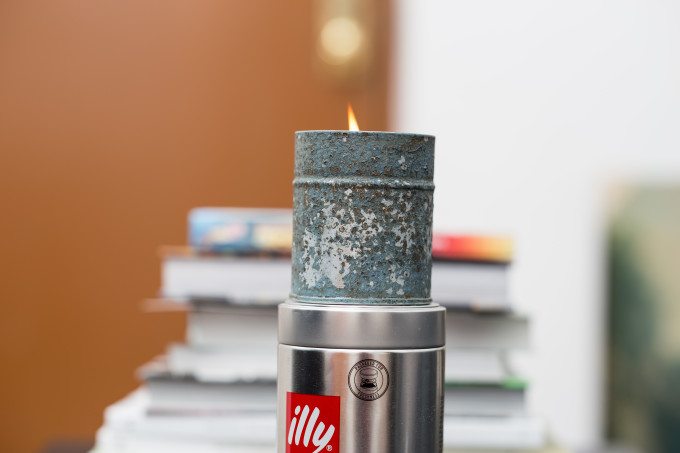
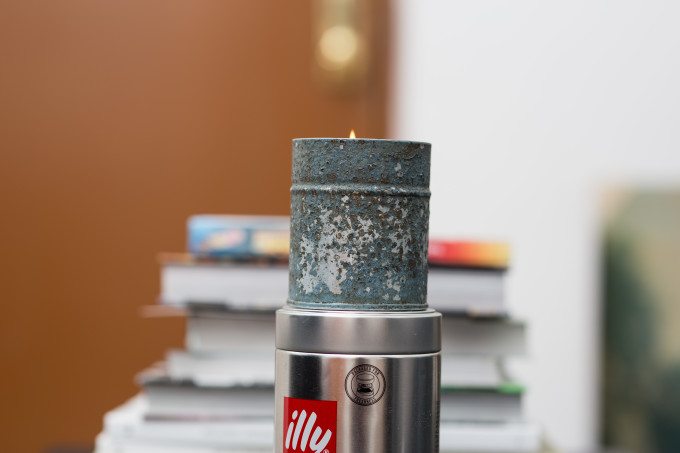
In this test, which isn’t totally formal or done in a lab because we’ve never claimed to be scientists, we see that the Zeiss 85mm f1.4 Milvus is sharper than the Sigma 85mm f1.4. Considering that the Sigma is a couple of years old at this point, we’re not really surprised.
In both of these examples though, we should make it absolutely clear that both lenses still perform well and that you can’t tell the difference between one or the other unless you’re zooming in at 100%.
Considering that 75% of this site’s traffic comes in from mobile devices, we highly doubt you are pixel peeping that hard.
Bokeh
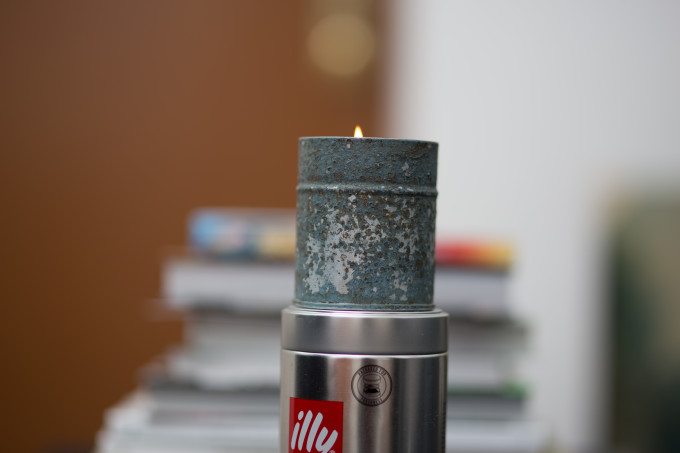
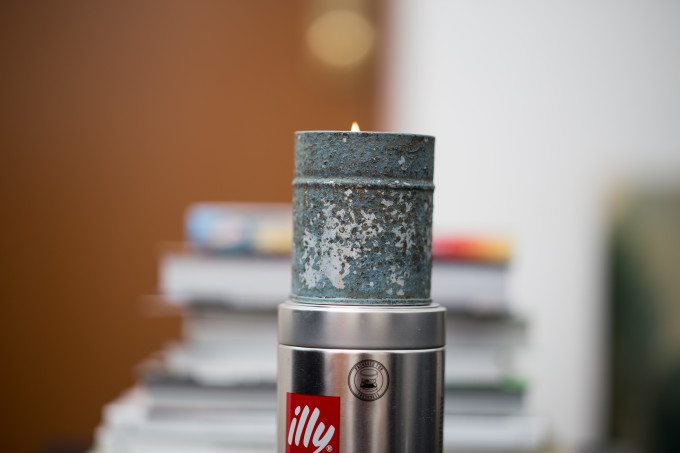
Even wide open, the Zeiss lens tends to perform better, though it’s less apparent here when it comes to sharpness. When comparing the bokeh, we see that the two have shockingly similar performance with Zeiss tending to give a bit brighter bokeh and Sigma’s colors being a bit deeper.
Color Rendition
Both of these lenses have incrediblly similar color rendition; and that blows my mind a bit and shows us how ahead of the game the Sigma lens was for its design when it was released years ago.
Color Fringing
We didn’t find fringing from either of these lenses. Cool stuff indeed!
Conclusions
- Both of these lenses are incredible. You can create solid images with both.
- Zeiss has superior build quality with a metal exterior and weather sealing.
- Sigma has autofocusing and therefore is easier to use. It also is lighter to hold.
- You really, really can’t tell the difference between both lenses unless you pixel peep really hard. When this is done, Zeiss wins in terms of sharpness but both lenses are remarkably similar when it comes to the bokeh, color rendition and fringing control.
- What you’re paying for with the Zeiss lens is the better build quality, weather sealing, and better versatility as being a still and video lens due to the longer focusing throw. If that is very important to you, then this lens may be work being almost twice the price. It also depends on if your work demands the extra performance.
- With the Sigma, you’re really just going for what could be the best autofocusing 85mm lens in the business for DSLR cameras. If your work doesn’t demand such high performance, then you’ll be more than satiated with the Sigma.


